WILD AT HEART (1990)
Young lovers Sailor and Lula run from the variety of weirdos that Lula's mom has hired to kill Sailor.
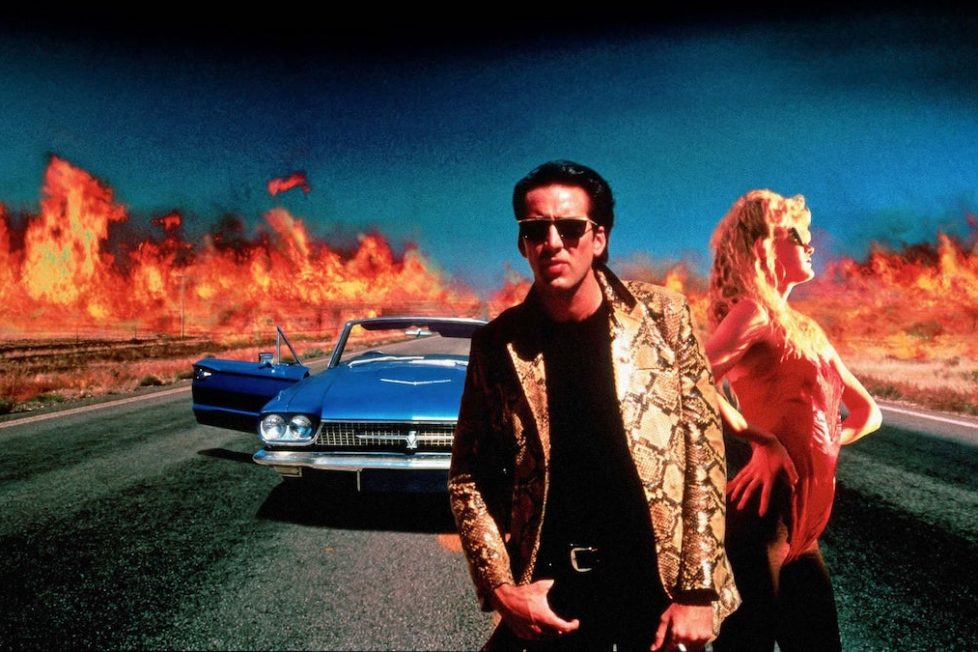
Young lovers Sailor and Lula run from the variety of weirdos that Lula's mom has hired to kill Sailor.


Wild at Heart is a cult classic that’s still exciting to behold; a modern-day rock n’ roll fairy tale with a mostly happy ending, despite coming from a filmmaker like David Lynch (Mulholland Drive).
It started life as a novel written by Barry Gifford, a renowned US author who co-founded Black Lizard Press, which reprinted many noir classic authors such as Dashiell Hammet and Jim Thompson throughout the 1980s. Wild At Heart itself was inspired by such noir authors and by the Beat writers, most notably Jack Kerouac—who wrote On the Road, a stream-of-conscious semi-autobiographical journey across America with a Jazz backdrop, partly inspired by the music of Charlie Parker and Miles Davies. (Incidentally, Len Deighton, who wrote 1965’s The Ipcress File designed the dust cover for the first 1958 UK edition of On the Road.)
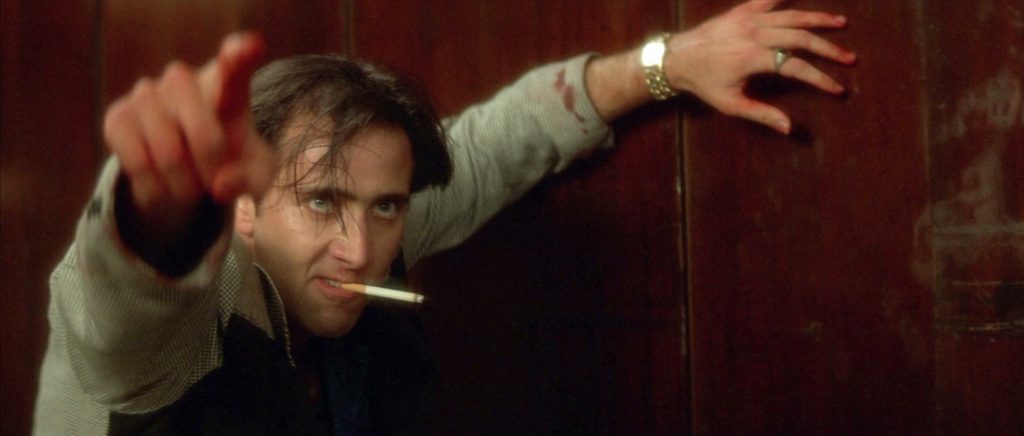
David Lynch (Eraserhead) read a proof version of Wild at Heart and fell in love with the characters of star-crossed lovers Sailor Ripely and Lula Pace Fortune. He wrote a screenplay adaptation but found it too depressing, so with Gifford’s permission, he rewrote the story to add his own happy ending!
Lynch shot his movie adaptation at the same time his seminal TV series Twin Peaks was being made, so he used some of the same cast—most notably Grace Zabriskie (Sarah Palmer) as Juana, Sherilyn Fenn (Audrey Horne) as a young girl in a motor accident on a nighttime desert road, and Sheryl Lee (Laura Palmer) as the Good Fairy, who appears to Sailor in a vision at the end.
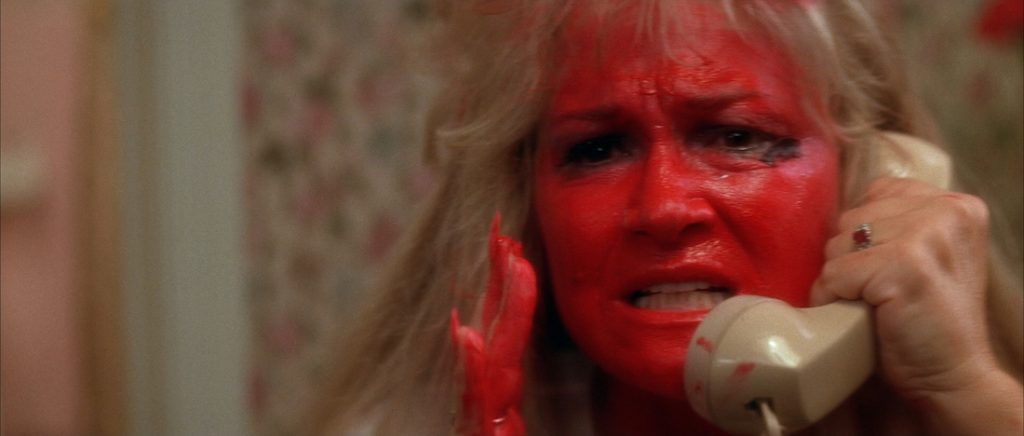
Laura Dern had already worked with Lynch, playing Sandy in Blue Velvet (1986), and was immediately cast as Lula. Lynch considers her “family, a great actress, with a great soul who understands the human condition.” Dern went on to more famously play Dr Ellie Sattler in Jurassic Park (1993) and later starred in Lynch’s film Inland Empire (2006).
David Lynch had met Nicholas Cage, the ‘shamanic’-acting style nephew of director Francis Ford Coppola, a couple of times at the iconic Hollywood restaurant Musso and Frank Grill, and when he read Wild at Heart the director immediately envisioned Cage as Sailor.
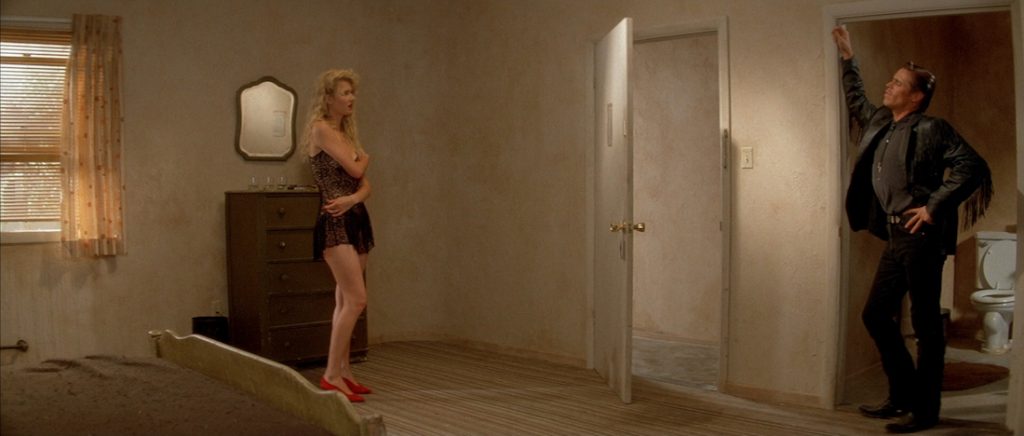
An impressive supporting cast included Diane Ladd (Laura’s real-life mother, formerly married to Bruce Dern) as Marietta; Harry Dean Stanton (who later worked with Lynch on 1999’s Straight Story); Isabella Rossellini (Blue Velvet); Willem Dafoe (American Psycho) as Bobby Peru; and the star of Lynch’s film debut Eraserhead (1977), Jack Nance. Calvin Lockhart also makes an appearance as Reggie, who would later play the electrician in Twin Peaks: Fire Walk with Me (1992). Freddie Jones (The Elephant Man, Dune) also cameos as George Kovich.
Various locations in El Paso, New Orleans, and Los Angeles were used in the film. The Park Plaza hotel in L.A was the setting for the opening scenes, which is meant to be taking place in Cape Fear, on the border of North and South Carolina. Big Tuna, Texas, however, is fictitious and emphasises that Sailor and Lula’s road trip has “broken down on the yellow brick road.”
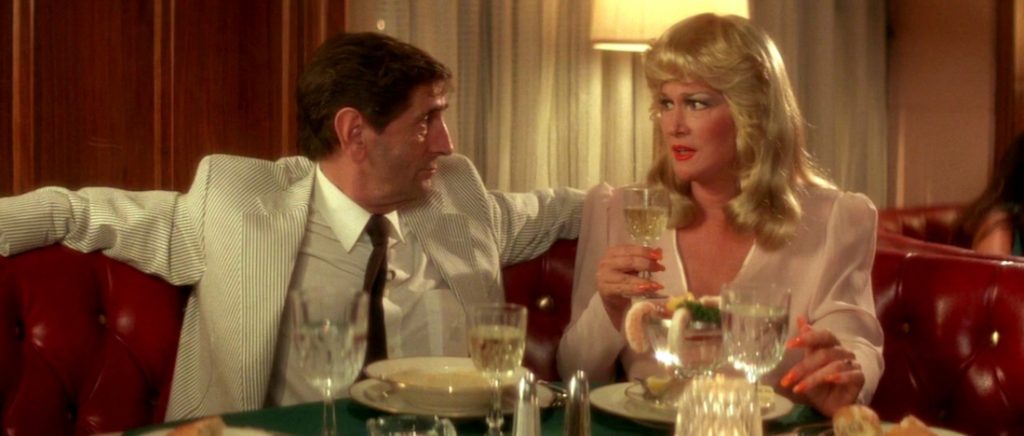
There are many references to The Wizard of Oz throughout the movie. As Marietta plots against our heroes and her previous misdeeds are revealed, images of her on a broomstick chasing them through the desert. There’s also the image of Sailor and Bobby Peru discussing their disastrous heist through a crystal ball, and Lula clicking the heels of her red shoes together after Bobby’s assault, which interweave or replace the passionate motel scenes and tender road trip moments.
When asked to sum up the film for an interview in 1990, Lynch described it as “a strange love story that barrels away through the twisted modern world.” Life is tender and violent, and violence can become ‘the theatre of the absurd’; strange and comic.
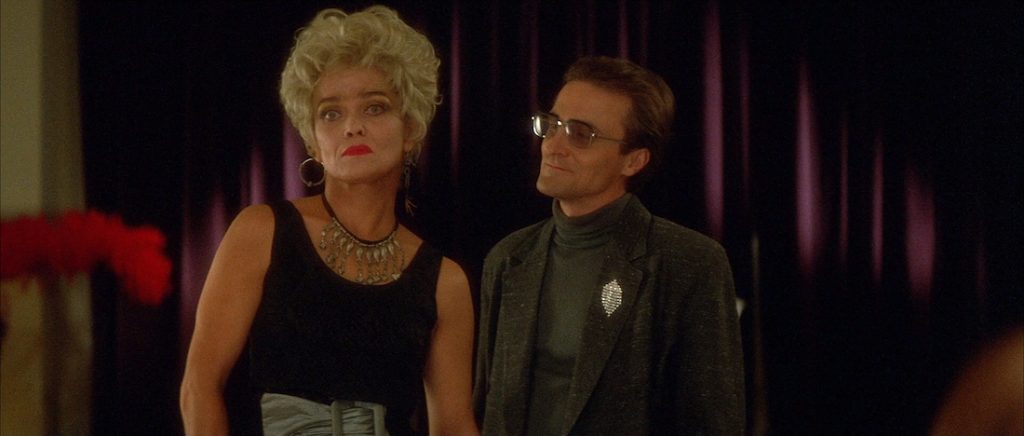
The theme of car accidents runs through the movie, too: Lula complains to Sailor about the increase of accidents on the road, before telling Sailor that the sinister ‘Uncle Pooch’ who introduced her parents to Carlos Santos and raped her as a teenager, died in a mysterious car accident. On their night drive through the desert they stop at the scene of a fatal car accident, and on her way to meet Sailor after his parole, Lula tells their son Pace to hide his eyes from the scene of a car crash… random acts that seem to be either divine intervention or demonic attempts to derail the path of true love. Yet at the end, Lula is stuck in a traffic jam which allows Sailor to catch up with her and finally sing “Love me Tender” to her on the bonnet of her car—the one song he told her he’d only ever sing to his true love. A beautiful ending and beginning to another chapter of their lives.
The soundtrack also includes Cage’s rendition of another Elvis classic “Love Me (Treat Me Like a Fool)”, as well as the blues classic “Baby Please Don’t Go”, extracts of “Slaughterhouse” by Powermad, and the contemporary Chris Isaak song “Wicked Game”. Lynch even directed the latter music video, including scenes of Sailor and Lula in-between black-and-white footage of Isaak. Lynch also worked with Angelo Badalamenti on the music score, having worked together on Blue Velvet and Twin Peaks.
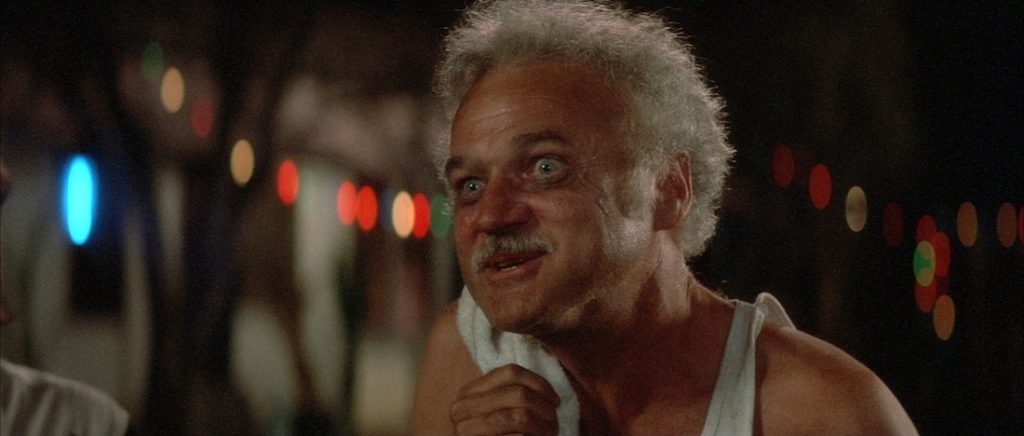
Willem Dafoe described his experience playing Bobby Peru by saying “I put on that costume, learned my lines and I was good to go. Because all the triggers were there, the wardrobe was perfect, the scene somehow fit a fantasy. I didn’t need to know who this guy was, didn’t need a backstory. Didn’t need to think about it too much. That doesn’t mean I didn’t care. I had enough in the external things that I was good to go to play this guy.” Dafoe’s performance is excellent. He’s edgy from the start, an ex-Marine who shows up at the Big Tuna motel with an air of desperado bonhomie draped over high strung menace.
Lynch believes in treating his people “like family” and giving actors space to perform. He usually sits right beside the camera during each shoot. He’s a visual artist first and ensures precise control over settings, costume, and music. It makes him a classic auteur director but one who’s fun to work with, observing “we’re all on this planet together, we ought to get along.”
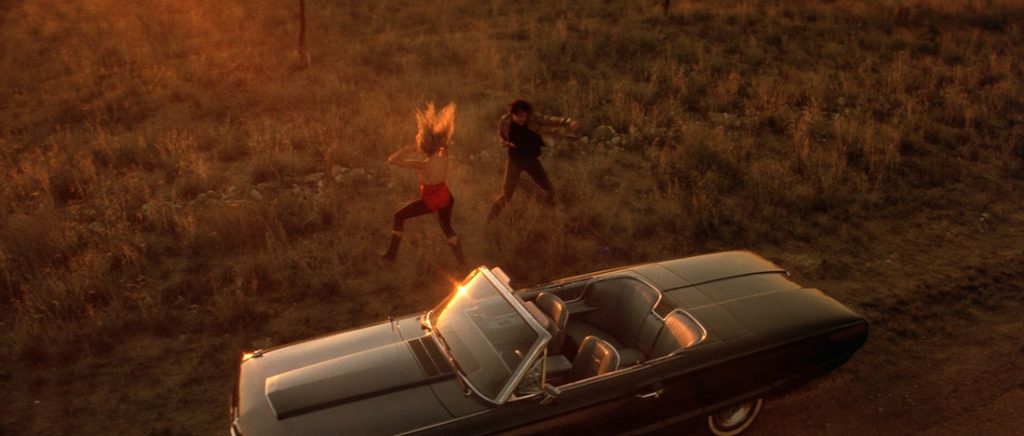
The fact the same actors and crew work with him time and time is proof his philosophy works. For example, in the scene with the ‘Good Fairy’, Sheryl Lee was suspended over a shallow pool of water to provide the heavenly shimmering light which bathes her and Sailor during the shoot. She agreed to do it, despite being afraid of heights! People go the extra mile for David Lunch, and he welcomes good ideas and suggestions. It was Cage’s idea for Sailor to wear a snakeskin jacket. However, Lynch also said “you have to have total creative freedom (as director) and final cut. If you don’t have this, it’s not your film. It’s a joke, a death sentence.” A sentiment he probably developed after the problems working on Dune.
Wild at Heart was controversial from the outset. Apparently, nearly half the test audience walked out at one pre-screening! On a budget of $10M, it grossed $14.6M from only a limited cinematic release in the US.
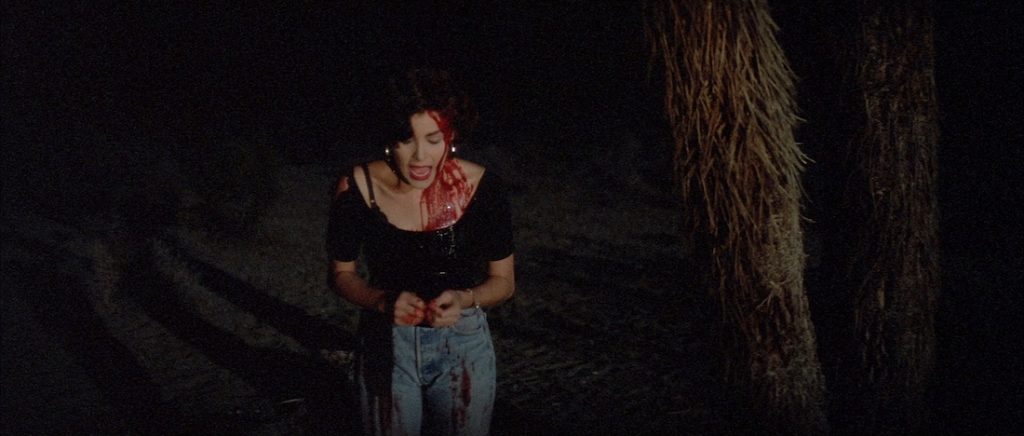
It also received a mixed critical response. Roger Ebert panned it, but it went on to receive the coveted Palm d’Or at the 1990 Cannes Film Festival. Lynch collected the award amid some booing from the audience! Ladd was nominated for ‘Best Supporting Actress’ at the 1990 Academy Awards and the 1991 Golden Globes. Frederick Elmes was nominated for ‘Best Cinematography’ (and won), and Dafoe for ‘Best Supporting Male’ at the 1991 Independent Spirit Awards.
Wild at Heart has since become a classic film; a perfect ride through dreamlike noir America with many great quotes (“My snakeskin jacket is a symbol of my individuality and my belief in personal freedom”), It influenced future movies including Lynch’s own Lost Highway (1997).
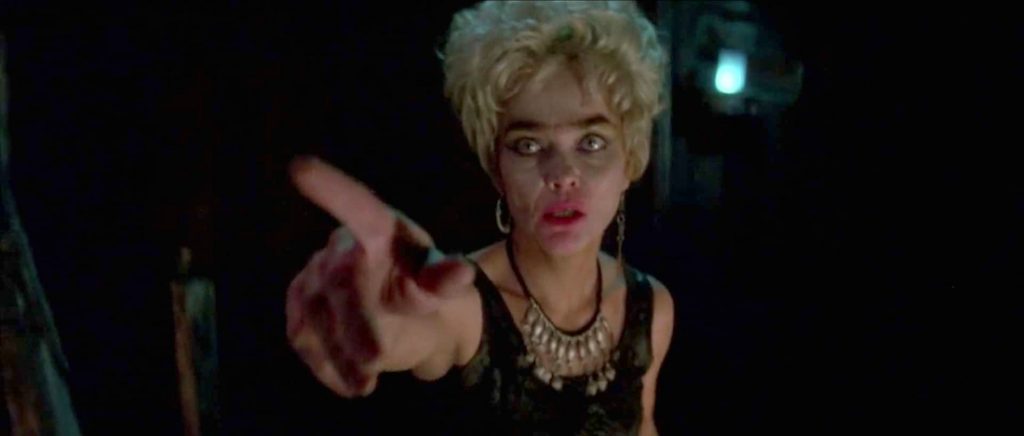
It’s still sometimes criticised for containing more style and random violence over emotion, but to my mind, it’s a poetic and lyrical rendition of the American dream. As Laura Dern observed in a contemporary interview, Sailor could be Elvis and Lula could be Marylin Monroe… on the road and visiting the strange underbelly of that dream. It just feels so right to Lynch fans such as I, and Wild at Heart has always struck a chord with me.
I remember reading On the Road and being moved by the tender little things, like the sudden feeling of being at the edge of an abyss after a peak experience, and mundane factors such as Sal Paradise (Jack Kerouac) making pastrami and mustard sandwiches while waiting for a bus from Los Angeles to Pittsburgh. It’s about capturing the elusive gold such as true love as experienced by Sailor and Lula, or the perfect creative moment which Lynch forever strives toward. This is style with a heart that gets us slightly closer to the truth of things, to the “heart of creation” as artist Paul Klee once said.
It’s certainly true to the unique creative vision of David Lynch. As Willem Defoe said, “we all want to take a walk in that strange world.” It’s probably the most lyrical, uplifting two-hour introduction to the world of David Lynch…. and it may prove to you that, as Lula says, “the whole world is wild at heart and weird on top.”
USA | 1990 | 125 MINUTES | 2.35:1 | COLOUR | ENGLISH

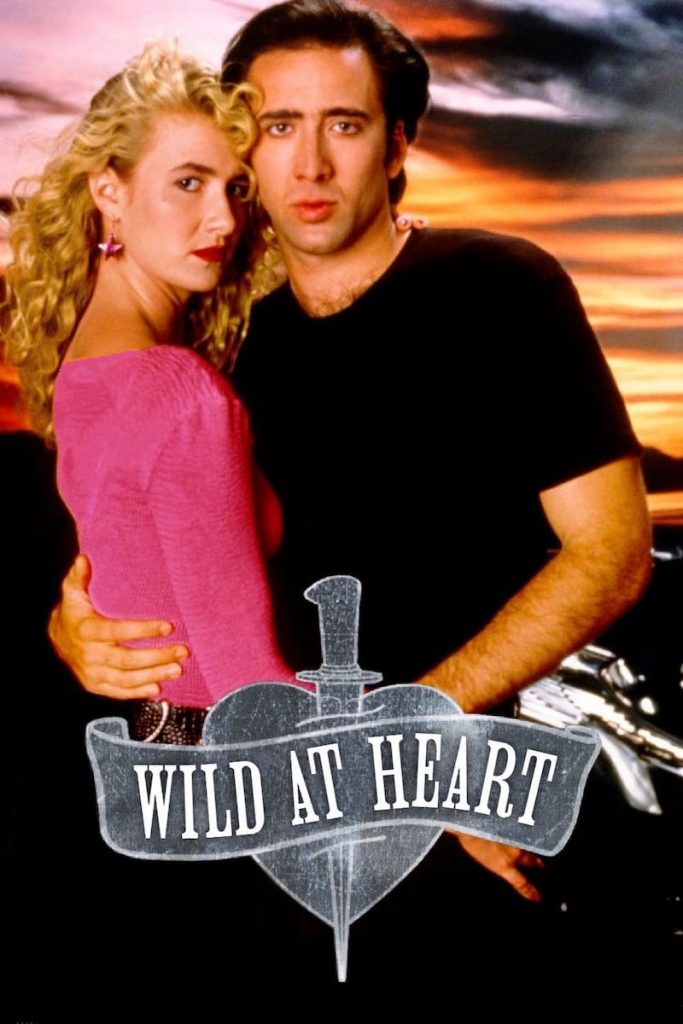
director: David Lynch.
writer: David Lynch (based on the novel by Barry Gifford).
starring: Nicolas Cage, Laura Dern, Willem Dafoe, Crispin Glover, Diane Ladd, Isabella Rossellini, Harry Dean Stanton.
